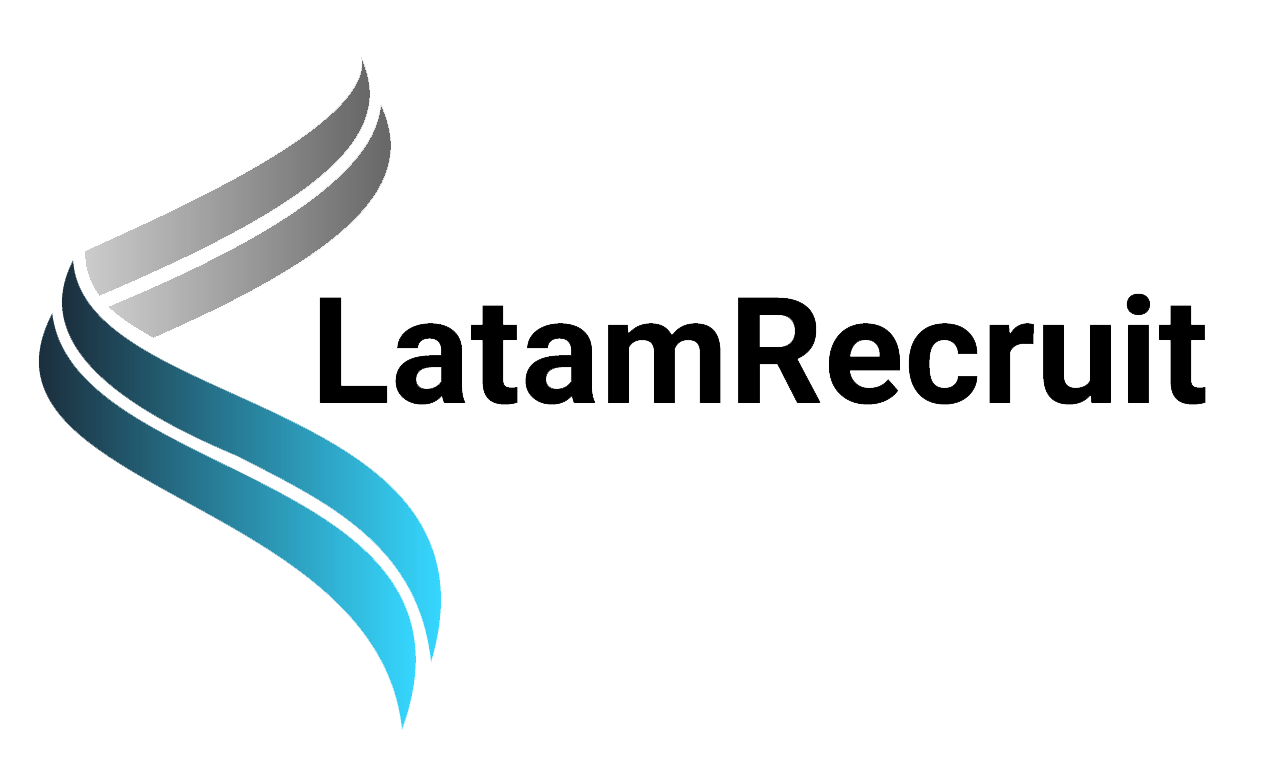In today’s dynamic work environment, remote teams have become a cornerstone of modern business operations. The ability to collaborate across distances and time zones has opened up new opportunities, but it has also brought forth its own set of challenges, particularly in the realm of communication. Effective communication is the glue that holds remote teams together and ensures their productivity and success. In this article, we will explore 7 actionable ways to enhance communication within your remote team.
Embrace Multiple Communication Channels
When it comes to remote teams, relying solely on email can lead to misunderstandings and delayed responses. Embrace a variety of communication channels to accommodate different preferences and types of communication. Utilize instant messaging platforms like Slack or Microsoft Teams for quick exchanges, video conferencing tools for face-to-face interactions, and project management software to keep track of tasks and progress. By diversifying your communication channels, you ensure that important messages reach team members promptly and effectively.
Set Clear Communication Guidelines
Establishing clear communication guidelines is crucial to prevent confusion and ensure consistent communication practices within your remote team. Define expectations regarding response times, preferred communication channels for different types of communication, and appropriate language and tone. This not only streamlines communication but also fosters a culture of transparency and accountability within the team.
Regular Video Meetings for Connection
In a virtual work environment, face-to-face interactions can be limited. Regular video meetings provide a valuable opportunity for team members to connect on a more personal level. These meetings can include project updates, brainstorming sessions, or even casual virtual coffee breaks. Seeing each other’s expressions and body language helps build rapport and minimizes feelings of isolation.
Utilize Collaborative Tools
Collaborative tools such as Google Workspace, Microsoft 365, or Trello facilitate seamless sharing of documents, real-time editing, and project tracking. These tools create a centralized space where team members can access information, contribute, and collaborate effortlessly. When everyone is on the same page, tasks are completed more efficiently, and communication breakdowns are reduced.
Foster a Culture of Openness
Encourage open communication by creating an environment where team members feel comfortable expressing their thoughts, ideas, and concerns. Actively listen to feedback and suggestions, and make sure to address any issues promptly. A culture of openness not only improves the flow of communication but also contributes to the team’s overall morale and satisfaction.
Establish Regular Check-ins
Scheduled check-in meetings, one-on-one or team-wide, provide a structured opportunity to discuss progress, challenges, and upcoming tasks. These meetings allow team members to align their efforts, share insights, and seek help if needed. Regular check-ins also prevent misunderstandings and keep everyone informed about the team’s collective goals.
Celebrate Achievements Together
Acknowledging and celebrating achievements, both big and small, is essential for maintaining team cohesion and motivation. In a remote setting, it’s easy for individual contributions to go unnoticed. By regularly recognizing accomplishments, you foster a sense of unity and shared purpose, encouraging team members to continue putting in their best efforts.
5 fundamental tools for effective communication in remote working
Effective communication is crucial for remote working as it helps maintain collaboration, understanding, and productivity among team members who are physically separated. Here are five fundamental tools for effective communication in remote working:
- Video Conferencing Tools: Video conferencing tools like Zoom, Microsoft Teams, or Google Meet allow team members to have face-to-face interactions despite being in different locations. Video calls enhance communication by enabling participants to see each other’s expressions and body language, fostering a stronger sense of connection.
- Instant Messaging and Chat Tools: Platforms like Slack, Microsoft Teams (chat feature), or even WhatsApp provide real-time messaging capabilities. These tools are great for quick updates, casual conversations, and sharing links, files, and images instantly. They help maintain a continuous flow of communication without the need for formal emails.
- Project Management Software: Tools like Trello, Asana, or Jira are essential for organizing tasks, setting deadlines, and tracking progress. They provide a centralized space where team members can collaborate, assign tasks, share updates, and ensure everyone is on the same page regarding project status.
- File Sharing and Cloud Storage Tools: Services like Google Drive, Dropbox, or Microsoft OneDrive enable seamless sharing and storage of documents, presentations, spreadsheets, and other files. Cloud storage ensures that team members can access files from anywhere and collaborate on documents in real-time.
- Email and Calendar Apps: Despite the rise of real-time communication tools, email remains a critical tool for more formal communications, client interactions, and sharing detailed information. Calendar apps, such as Google Calendar or Microsoft Outlook, help schedule meetings, set reminders, and coordinate availability across different time zones.
While these tools are crucial for effective remote communication, it’s also important to establish clear communication norms, set expectations, and foster a culture of transparency and inclusivity within the remote team. Regular check-ins, team meetings, and virtual social interactions can further enhance the overall communication experience.
In conclusion, effective communication is the linchpin of success for remote teams. By embracing multiple communication channels, setting clear guidelines, utilizing collaborative tools, and fostering a culture of openness, you can significantly enhance communication within your remote team. Regular video meetings, established check-ins and celebrating achievements together further contribute to a strong sense of community and shared purpose. As the world of work continues to evolve, mastering remote communication is a skill that will undoubtedly set your team apart and drive its accomplishments to new heights.



